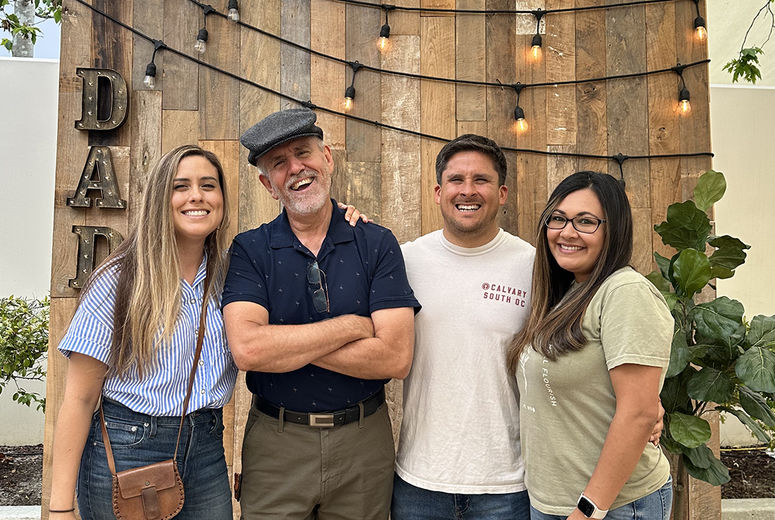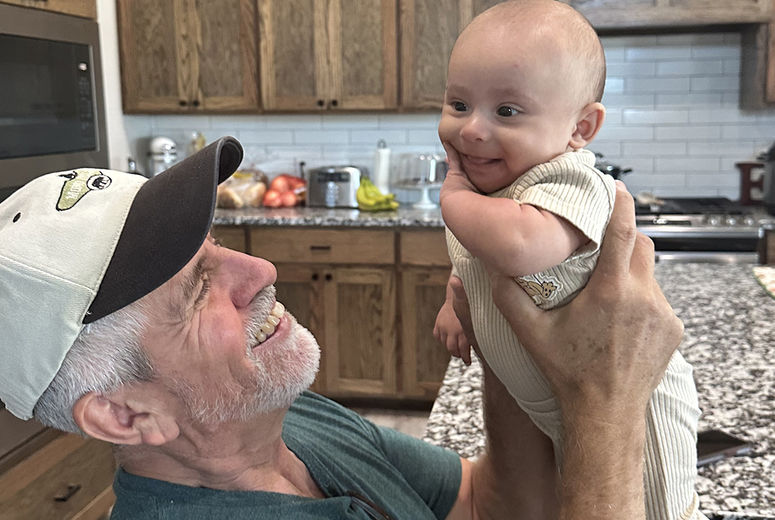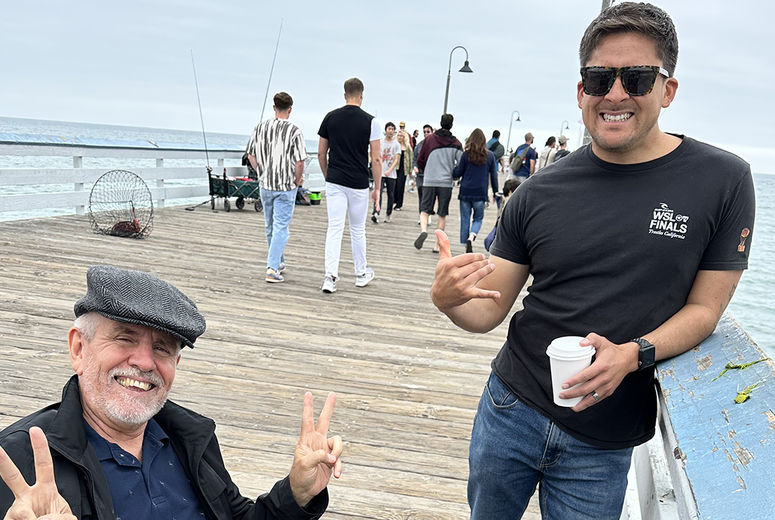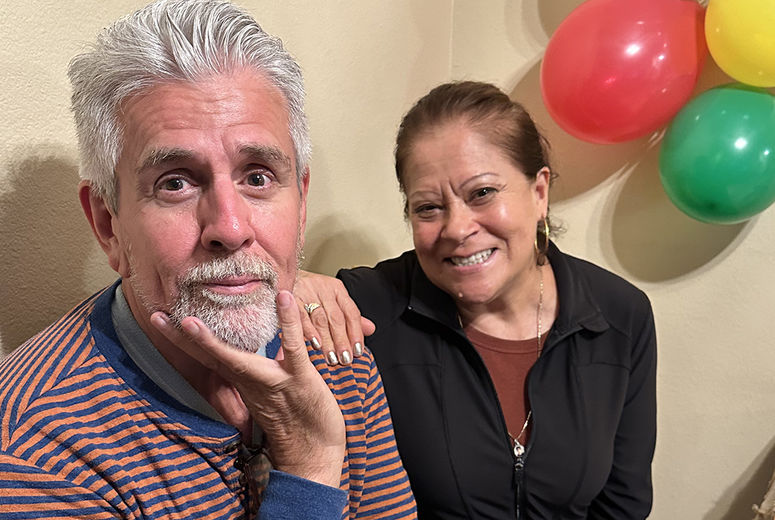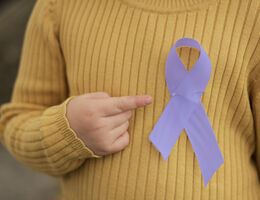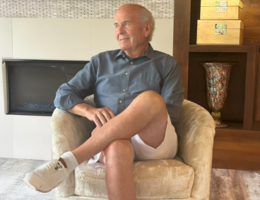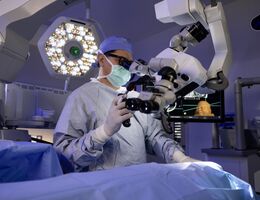
Javier Pena couldn't steady his shaking hands long enough to write a birthday card for his grandchildren due to his essential tremor. For more than thirty years, the essential tremor –– a hereditary, neurological condition that causes involuntary and rhythmic shaking –– primarily affected Pena's hands and also his legs, face, and tongue. Doctors had tried many treatments, but it wasn’t until Pena was treated at Loma Linda University Health that his grandchildren could look at him and declare, “Papa doesn’t shake anymore.”
As a young man with a wife and three kids to support, Pena battled through his tremors, navigating his career in aerospace as a Lead CNC Machinist with unwavering diligence and precision. He relied on his co-workers to help when his hands prevented him from completing crucial documents for vital programs such as the space shuttle. Yet, even with the support of his peers, Pena’s tremors, which started when he was in his early thirties, chipped away at his independence, freedom, and pride, leading him to withdraw from society.
“My social life was limited to immediate family only,” Pena said. “I could only be around people I felt comfortable with because they understood my situation and how to help me.”
By the time Pena made an appointment to see Miguel Lopez-Gonzalez, MD, a neurological surgery specialist at Loma Linda University Health, his tremors were so severe that he could no longer write his name and had to drink from a sippy cup to avoid spilling.
Having already tried numerous medications, procedures, and treatments, Lopez-Gonzalez suggested conducting deep brain stimulation (DBS). This procedure involves implanting electrodes within areas of the brain that produce electrical impulses, which are controlled by a pacemaker-like device placed under the skin in the upper chest.
However, due to a previously failed gamma knife procedure Pena underwent in 2020 at another facility, Lopez-Gonzalez was concerned about the effectiveness of DBS due to small areas of brain damage from the previous surgery. But DBS was the last option available, and Pena said he’d had enough. It was then that he and Lopez-Gonzalez agreed to move forward with the procedure.
In May 2023, Pena underwent DBS, his final hope of curing the tremors that controlled him for half his life. The procedure required two surgeries: the first was to insert cables into the brain, and the second was to connect the wires from his head to a battery implanted in his chest. His improved results were immediate.
“DBS was the cure,” Pena said. “It completely stopped my essential tremors and restored my freedom and independence.”
Now, one year later, Pena can do everything independently, an outcome he describes as “beautiful.” With his new outlook on life, Pena is expanding his social circle, spending more time with family, and serving others. He's also taking the time to appreciate the little things he couldn’t previously do.
“I can write my grandkid's birthday cards with my own handwriting,” Pena said. “I give all the credit to God, Doctor Lopez-Gonzalez, and his team.”
Even though essential tremors are a potential hereditary condition, Pena says he’s not worried about his children’s future should they also develop tremors. He knows Loma Linda will be available to them.
For more information on deep brain stimulation surgery or other neurological procedures, call 909-558-2880 or click here.

